
Swing into the season: Get expert analysis, live odds, and predictions
MLB Best Bets & Picks
MLB BETTING TOOLS:
Get the Best MLB Baseball Bets Today
Welcome to the top resource for bettors seeking the latest insights for the best MLB bets today and beyond. At VSiN, we deliver up-to-date news, articles, and detailed coverage, including MLB betting lines, Vegas Odds, National Odds, and MLB betting splits. Whether you're a seasoned bettor or just a fan, our goal is to provide you with the most current MLB odds and information so you can make the most informed MLB baseball bets. Take your betting strategies to a whole new level. Explore the links in our menu or dive into the latest articles below.
Get the Best MLB Baseball Bets Today
Welcome to the top resource for bettors seeking the latest insights for the best MLB bets today and beyond. At VSiN, we deliver up-to-date news, articles, and detailed coverage, including MLB betting lines, Vegas Odds, National Odds, and MLB betting splits. Whether you're a seasoned bettor or just a fan, our goal is to provide you with the most current MLB odds and information so you can make the most informed MLB baseball bets. Take your betting strategies to a whole new level. Explore the links in our menu or dive into the latest articles below.
MLB BETTING TOOLS
WATCH THE LATEST
MLB Headlines
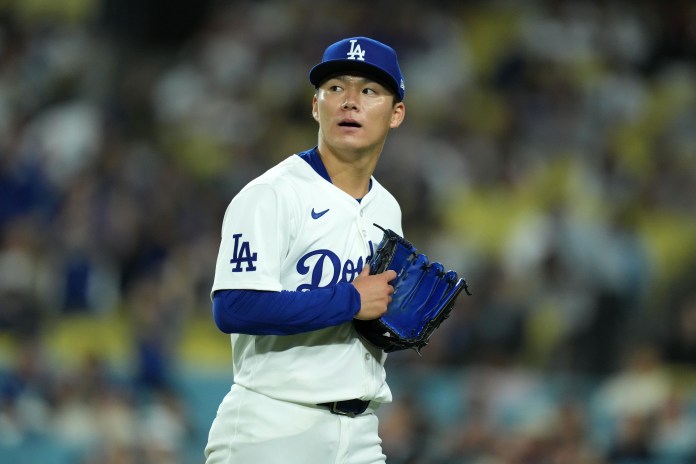
Pro Greg Peterson’s MLB Picks: World Series Game 6 Dodgers vs. Blue Jays
October 30, 2025
MLB Picks : Expert baseball handicapper Greg Peterson shares his top MLB picks for Game 6 of the Dodgers vs. Blue Jays World Series on...
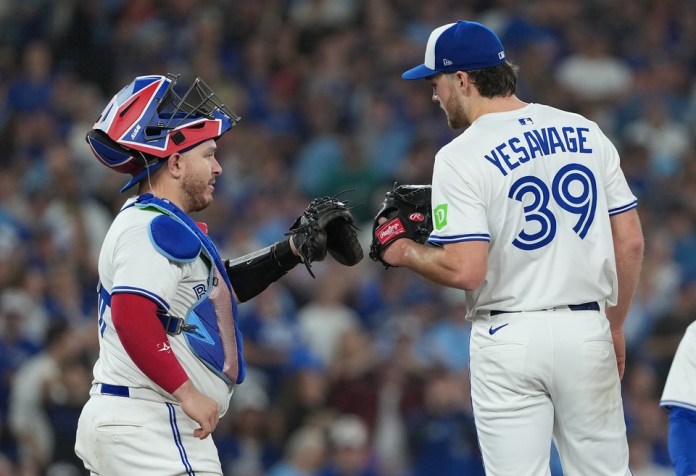
Pro MLB Best Bets Today: World Series Game 5 Picks for Wednesday, October 29
October 29, 2025
MLB Best Bets Today October 29 The World Series has become a best-of-three and now Toronto has home-field advantage back. Well, in theory anyway, as...
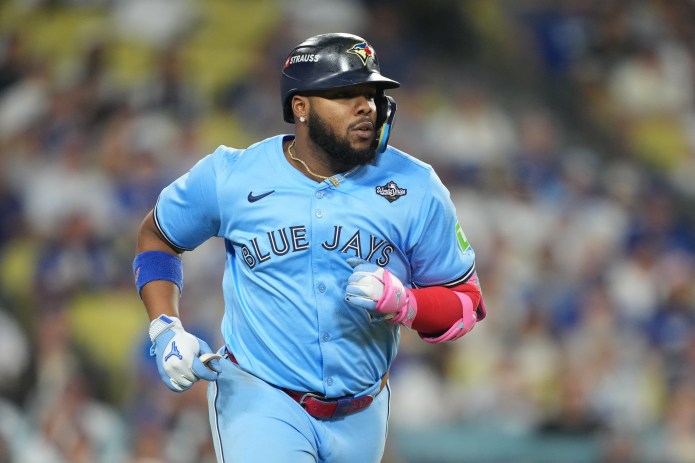
Pro Steve Makinen’s MLB Betting Trends and Best Bets for Wednesday, October 29
October 29, 2025
Today’s MLB Betting Trends: The following MLB betting trends are a collection of analytical data, betting systems and strength ratings featured on VSiN and qualified...
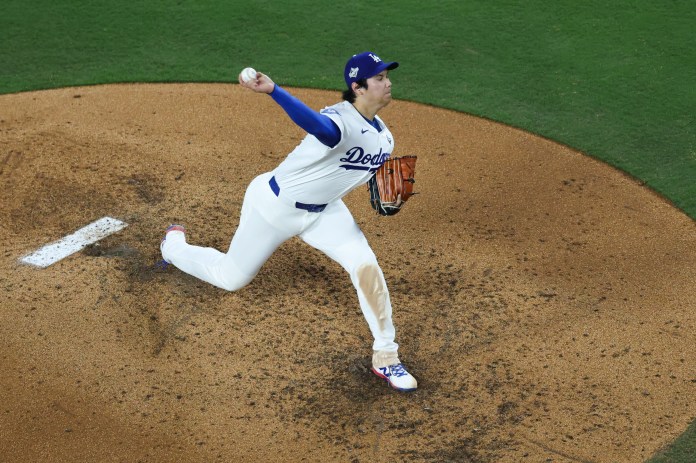
World Series Game 5 Betting: Odds and Predictions
October 28, 2025
He’s only human. Dodgers multitasker Shohei Ohtani gave up six hits and four earned runs in six-plus innings as the +170 Blue Jays evened the...
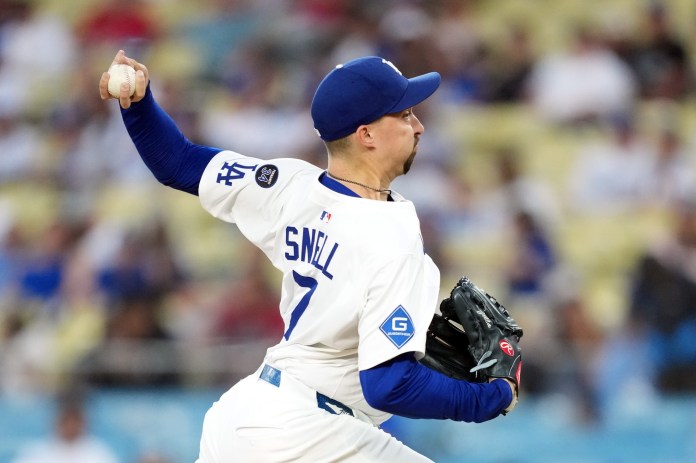
Pro Greg Peterson’s MLB Picks: World Series Game 5 Blue Jays vs. Dodgers
October 28, 2025
MLB Picks : Expert baseball handicapper Greg Peterson shares his top MLB picks for Game 5 of the Blue Jays vs. Dodgers World Series on...
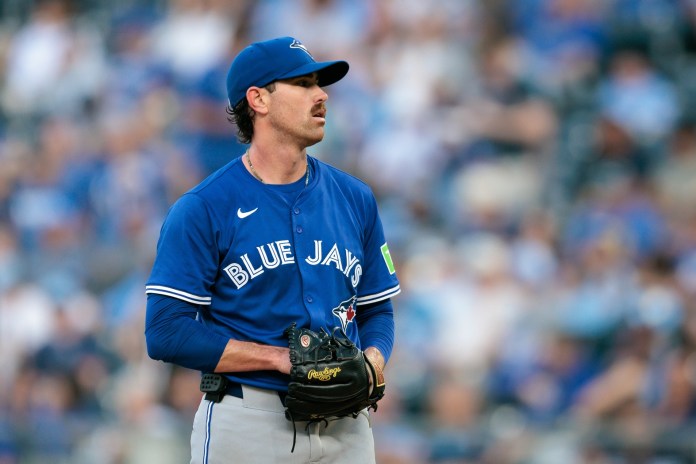
Pro MLB Best Bets Today: World Series Game 4 Picks for Tuesday, October 28
October 28, 2025
MLB Best Bets Today October 28 Technically, it is Game 4 of the World Series, but it might as well be Game 5 because two...
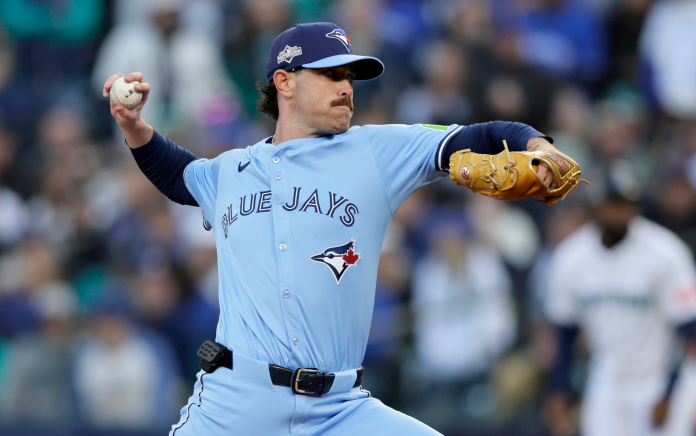
Pro Steve Makinen’s MLB Betting Trends and Best Bets for Tuesday, October 28
October 28, 2025
Today’s MLB Betting Trends: The following MLB betting trends are a collection of analytical data, betting systems and strength ratings featured on VSiN and qualified...

Pro Greg Peterson’s MLB Picks: World Series Game 4 Blue Jays vs. Dodgers
October 28, 2025
MLB Picks : Expert baseball handicapper Greg Peterson shares his top MLB picks for Game 3 of the Blue Jays vs. Dodgers World Series on...
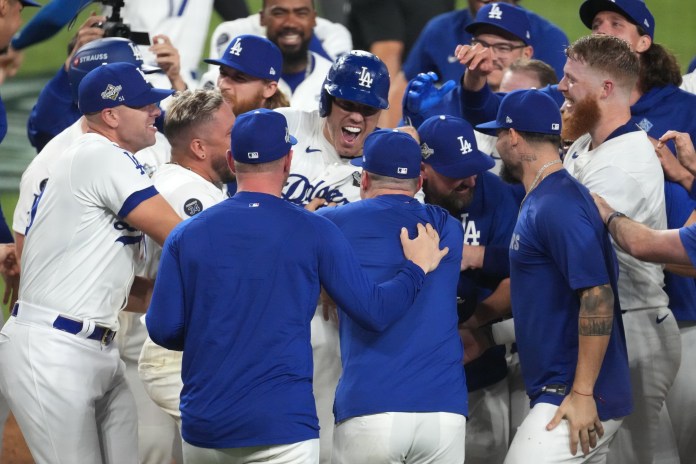
World Series: Marathon Ends in 18 Innings, But Sho Must Go On
October 28, 2025
A game filled with almost as many crazy plays and dramatic moments as there were zeros on the scoreboard finally ended late Monday night when Freddie Freeman’s...
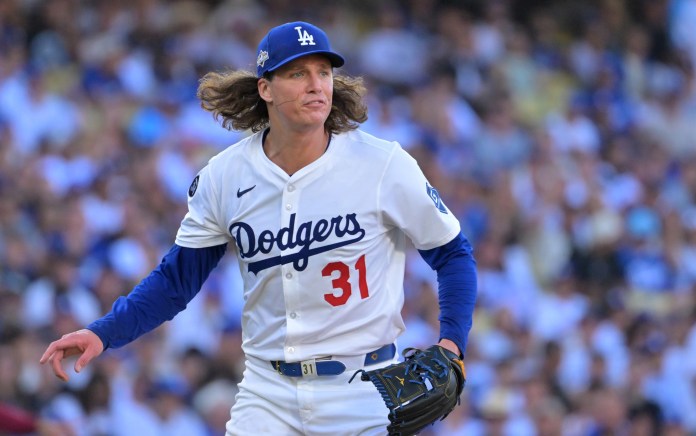
Pro Steve Makinen’s MLB Betting Trends and Best Bets for Monday, October 27
October 27, 2025
Today’s MLB Betting Trends: The following MLB betting trends are a collection of analytical data, betting systems and strength ratings featured on VSiN and qualified...
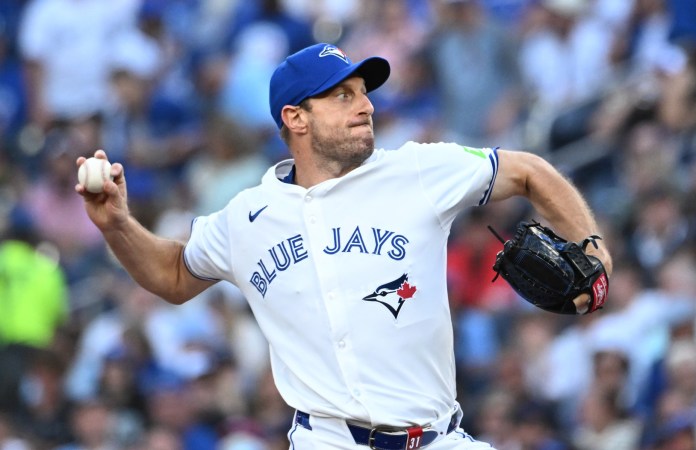
Pro MLB Best Bets Today: World Series Game 3 Picks for Monday, October 27
October 27, 2025
MLB Best Bets Today October 27 The World Series now shifts to the City of Angels for three games with the 2-3-2 format. While a...
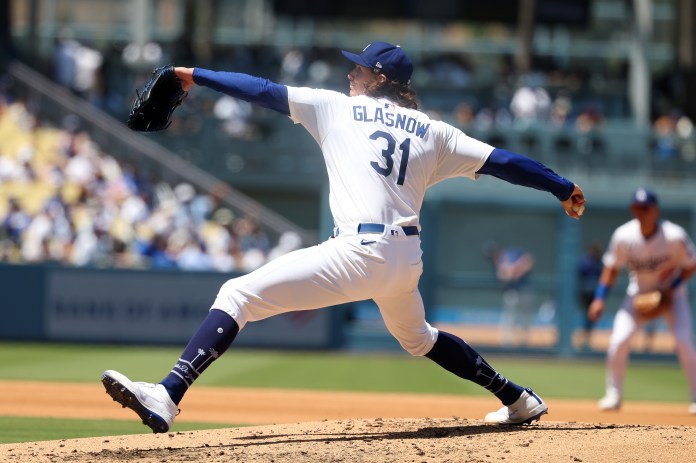
Pro Greg Peterson’s MLB Picks: World Series Game 3 Blue Jays vs. Dodgers
October 26, 2025
MLB Picks : Expert baseball handicapper Greg Peterson shares his top MLB picks for Game 3 of the Blue Jays vs. Dodgers World Series on...

